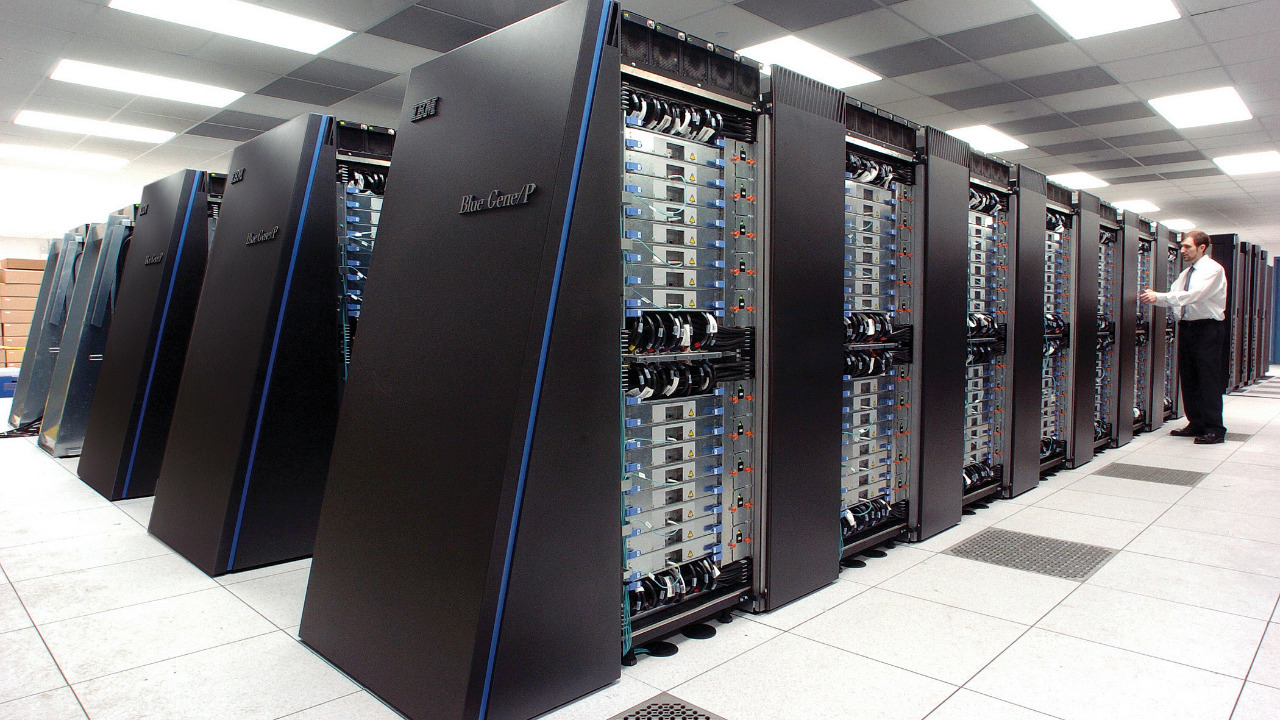
Today, the world of artificial intelligence (AI) is witnessing a paradigm shift. Scientists have unveiled a revolutionary advancement where a single beam of light powers AI with the might of a supercomputer. This groundbreaking development leverages the speed and parallelism of light, marking a significant stride towards optical processing. The innovation promises to transform energy efficiency in AI, opening doors to more sustainable and compact AI systems.
Principles of Photonic AI Processing
The core mechanism of this revolutionary technology lies in the ability of a single beam of light to encode and process AI algorithms. Light, unlike electricity, can handle multiple data streams simultaneously without any electrical resistance. This property of light is harnessed to perform computations at a speed and scale that rivals massive electronic supercomputers. The integration of photonic chips in AI architectures is a significant step forward, replacing electron-based computations with optical signals.
Another crucial aspect of this technology is the role of wavelength multiplexing. This technique allows the beam to perform parallel neural network operations, further enhancing the processing power of the system. The combination of these factors results in a photonic AI processing system that is not only faster but also more energy-efficient than traditional electronic systems.
Energy Efficiency Gains
One of the most significant advantages of using a single beam of light to run AI is the drastic reduction in power consumption. Unlike traditional supercomputers, this photonic system generates minimal heat, thereby reducing the energy required for cooling. In fact, metrics show that photonic systems use only a fraction of the energy required by their electronic counterparts to perform equivalent AI tasks.
This energy efficiency has far-reaching environmental implications. Data centers running large-scale AI models can significantly reduce their carbon footprints, contributing to global efforts to combat climate change. The shift towards photonic AI processing, therefore, represents not just a technological advancement, but also a step towards more sustainable computing.
Performance Benchmarks
On November 16, 2025, scientists demonstrated the impressive capabilities of photonic AI. In tasks such as pattern recognition and simulation, the system achieved supercomputer power, proving the potential of this technology. The speed advantage of this system is particularly noteworthy. Thanks to light’s propagation at near-constant velocities, real-time AI inference is now a reality.
Scalability tests have also shown promising results. A single beam setup was found to rival the performance of multi-node supercomputer clusters, demonstrating the potential of this technology to handle large-scale AI tasks. These benchmarks underscore the transformative potential of photonic AI processing.
Integration with Existing AI Frameworks
Another significant advantage of photonic AI processing is its compatibility with existing AI models. Neural networks can be adapted to run via a single beam of light, enabling the development of hybrid electro-optical systems. This means that the transition to photonic AI processing does not require a complete overhaul of existing systems.
On the hardware front, photonic processors can be interfaced with standard GPUs, allowing for seamless upgrades. On the software side, new algorithms optimized for optical data flows are being developed. These advancements will enable AI training to be conducted more efficiently, further enhancing the capabilities of AI systems.
Challenges in Photonic Implementation
Despite its many advantages, the implementation of photonic AI processing is not without challenges. Technical hurdles such as signal loss in optical fibers could limit the scaling of supercomputer power for AI applications. Moreover, the manufacturing of devices that can precisely control the beam in a compact form factor is complex.
Cost is another significant barrier. The transition from silicon-based to photonic chips requires substantial investment, which could slow down the widespread adoption of this technology. However, as the technology matures and economies of scale come into play, these challenges are expected to be overcome.
Future Applications and Developments
The potential applications of photonic AI processing are vast. In the field of edge computing, the ability to run AI with a single beam of light could enable the development of portable supercomputer-like devices. These devices could be used in autonomous systems, revolutionizing industries such as transportation and logistics.
Looking ahead, there is also the possibility of integrating quantum enhancements into photonic AI, leading to even greater computational leaps. The impact of this technology is expected to be felt across various sectors, from healthcare diagnostics to climate modeling. With its promise of efficient optical supercomputing, photonic AI processing is set to redefine the future of AI.
As we stand on the brink of this new era in AI, it is clear that the integration of light into computing represents a significant leap forward. The journey towards widespread adoption of photonic AI processing may be challenging, but the potential rewards are immense. As we continue to push the boundaries of what is possible with AI, the future looks brighter than ever.
More from MorningOverview